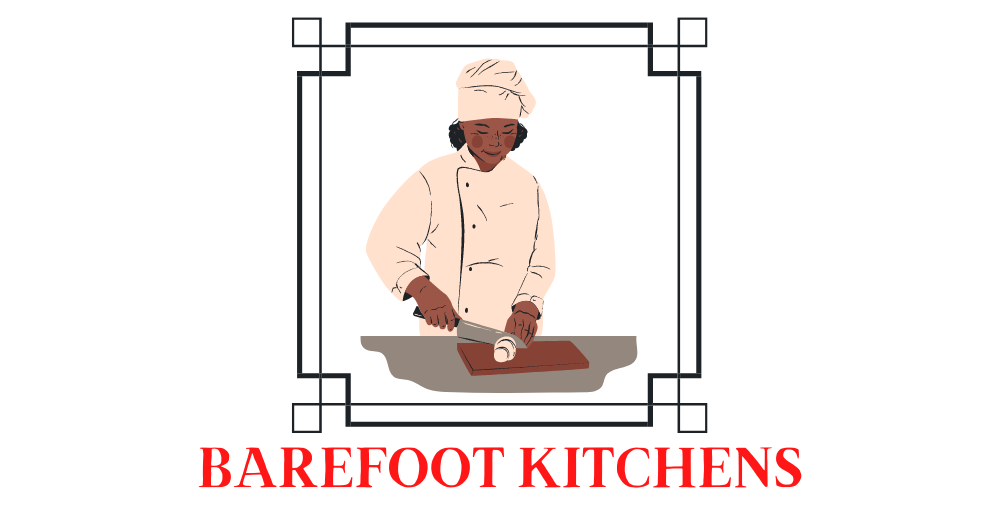An overlocking foot is an essential accessory for sewing machines, designed to create professional-looking finishes on fabric edges, prevent fraying, and ensure the durability of seams. Overlocking, also known as serging, is a technique typically used to trim, sew, and finish the raw edges of fabric in one step, and the overlocking foot plays a crucial role in making this process efficient and effective. This sewing tool is widely used in garment making, quilting, and other textile projects, where clean, secure seams are important.
What is an Overlocking Foot?
The overlocking foot, often referred to as a “serger foot,” is a presser foot attachment designed for domestic sewing machines. It is specifically made to help create overlocked or serged edges, which are commonly found in ready-to-wear clothing. Unlike standard presser feet, the overlocking foot has a specialized design with a built-in guide that helps to align the fabric as it’s fed through the machine. It allows for quick and neat overlocking seams without the need for a separate overlocker or serger machine.
Overlocking is typically done using a special stitch that combines trimming the fabric’s raw edges while sewing a secure stitch that prevents the edges from fraying. With an overlocking foot, this process becomes much simpler and quicker, as it allows you to achieve a similar effect on a regular sewing machine.
How Does the Overlocking Foot Work?
An overlocking foot works by guiding the fabric under the sewing machine’s needle, typically in a zigzag stitch or another specialized stitch that mimics the look of overlocking. The foot has a built-in guide, often a metal or plastic piece, that helps you align the fabric with the needle. As the needle moves in a zigzag motion, it sews over the edge of the fabric while the foot helps trim away any excess fabric, leaving a neat, secure edge.
Many overlocking feet feature a groove that allows the fabric to pass smoothly under the needle. This design ensures that the stitches are evenly spaced and that the raw edges are properly enclosed. Over time, as you get more familiar with using the foot, you can experiment with different stitch patterns and settings on your sewing machine to achieve the desired result.
Advantages of Using an Overlocking Foot
Neat and Professional Finish: The primary advantage of using an overlocking foot is that it provides a neat, professional finish to the raw edges of your fabric. This is especially important when working with fabrics that tend to fray, such as cotton, linen, and knit fabrics. An overlocked edge reduces the risk of fabric unraveling, ensuring that your garments or projects last longer.
Saves Time: Using an overlocking foot on a regular sewing machine saves time compared to using a separate serger or overlocker. It allows you to achieve a similar finish without the need for a second machine. This is particularly convenient for home sewists who may not own a serger or for those who need to make quick repairs or modifications to their clothing.
Versatility: The overlocking foot is versatile and can be used on a variety of fabrics, from delicate silks to heavier upholstery fabrics. It is also suitable for different types of stitches, such as the zigzag stitch, which can help you customize the type of finish depending on your fabric and project.
Cost-Effective: For those who do not want to invest in a separate serger machine, the overlocking foot is a cost-effective alternative. It allows you to create professional-looking finishes without the added expense of buying another machine.
When to Use an Overlocking Foot
An overlocking foot is ideal for situations where you need to best mini sewing machine finish the raw edges of fabric to prevent fraying, such as when sewing garments, quilts, or home decor items like cushions and tablecloths. It is particularly useful for:
Garment Construction: When making clothes, the overlocking foot helps ensure clean, durable seams that won’t unravel with wear and tear.
Knits and Stretch Fabrics: It is especially helpful when working with stretchy fabrics, such as jersey or spandex, as it ensures the fabric won’t stretch or distort as you sew.
Quilting: For quilters, the overlocking foot can help with finishing the edges of quilt blocks or layers.
Conclusion
The overlocking foot is an essential tool for any home sewist looking to create professional-quality finishes on their projects. It allows for quick, neat, and durable seams, preventing fabric edges from fraying and ensuring your garments and other textile projects have a polished, high-quality appearance. Whether you’re making clothes, quilting, or working on home decor, the overlocking foot is an indispensable accessory for achieving a neat and secure finish with minimal effort.
